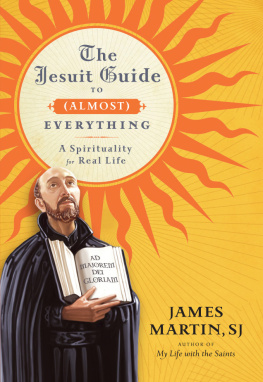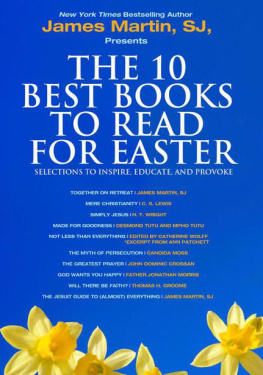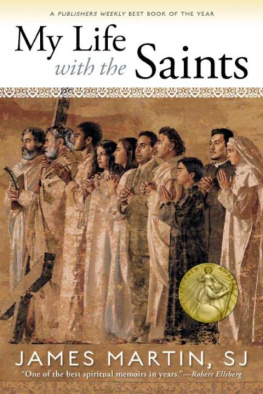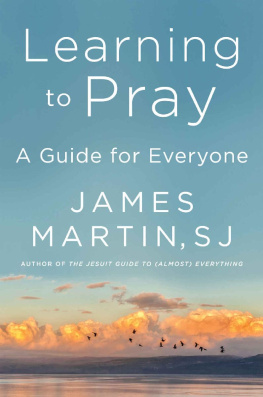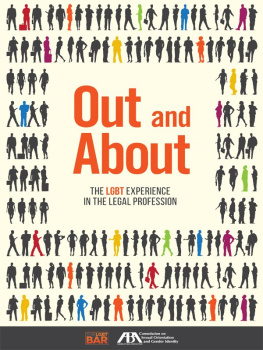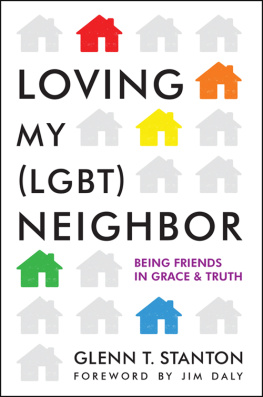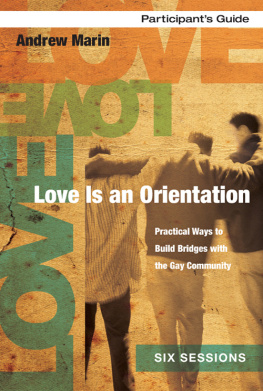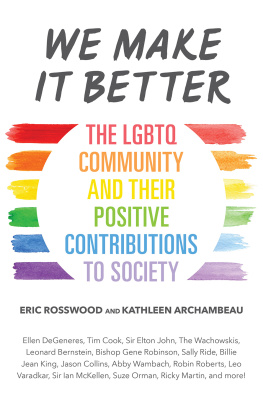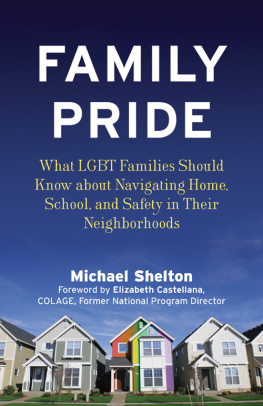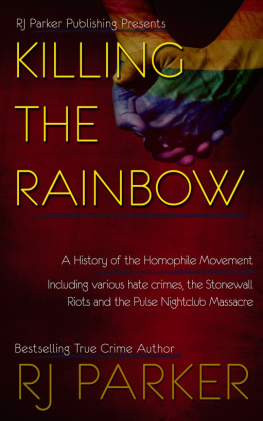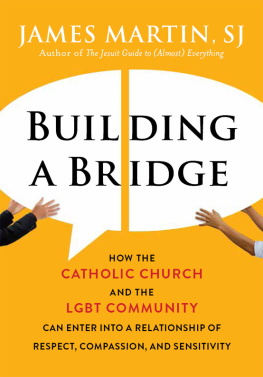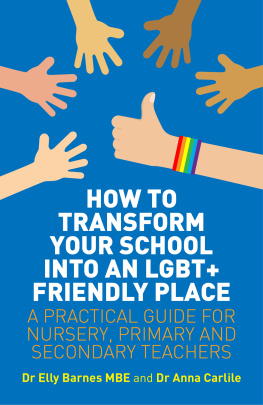S ince the first edition of Building a Bridge was published, Ive been happy to have the opportunity to speak at many parishes, colleges, retreat houses, and conventions, as well as one-on-one with many LGBT people, their parents and grandparents, brothers and sisters, and friends and neighbors. Many of these encounters have been deeply moving, since so many people have shared their personal stories with mestories about suffering and struggle, about perseverance and hope, and about doubt and faith.
With every encounter, I have learned something new.
At the same time, Ive also spoken with cardinals, bishops, priests, and other church officials, including lay pastoral associates and parish workers, about their reactions to the book.
All these conversations, as well as reviews of the book, letters from readers, and messages received through social media, encouraged me to expand this book and incorporate the insights Ive learned along the way.
Let me mention five specific insights that have proven helpful.
* * *
First, shortly after the books publication, I realized something that may not be surprising for some readers: ministry to LGBT people is a ministry not simply to the relatively small percentage of Catholics who are LGBT but to a much larger group.
Initially, the book was intended for two distinct audiences: LGBT Catholics and church officials. But after almost every talk, lecture, or retreat, people would say something like My daughter is lesbian and hasnt gone to church in years, and Im looking forward to giving her your book. Parents, in particular, sought me out to tell me their stories, which were always edifying and educational. Beyond that, Ive heard from grandparents, aunts and uncles, brothers and sisters, nieces and nephews, as well as neighbors, friends, roommates, coworkers, and on and on.
Thus, far more people than I had anticipated are touched by this topic. And the number is only growing. As more Catholics feel comfortable sharing their sexuality and identity, more Catholic families are affected by LGBT issues. And as more families carry their hopes and desires into their parishes, more priests and pastoral workers are affected. In turn, more bishops and diocesan officials are affected. In such gradual ways, the entire church is affected.
The first realization, then, was that ministry to LGBT Catholics is ministry not just to LGBT people but, increasingly, to the entire church. Likewise, while this book is written primarily for Catholics, I hope it will prove helpful to all Christians who seek to welcome LGBT people in their churches.
* * *
Second, I realized that I needed to be clearer about one specific topic: where the onus for the bridge building lies. The first edition of this book expressed that obliquely but not directly, because I thought it was obvious.
So let me say it more clearly: the institutional church bears the main responsibility for the ministry of dialogue and reconciliation, because it is the institutional church that has made LGBT Catholics feel marginalized, not the other way around. It is true that the public actions of a few LGBT groups have targeted the institutional church, and provoked strong reactions, but in terms of making people feel marginalized, it is the clergy and other church officials who bear responsibility.
* * *
Third, a few readers wondered why I seemed to have left out two things from the book: a discussion about the churchs teachings on same-sex relations and same-sex marriage, and a discussion about the sexual abuse crisis in the church.
That last topicsexual abusewas covered only glancingly in the first edition. Some asked why I didnt discuss the topic in depth, since it was an important reason why many LGBT people have left the church, mainly because they felt some church leaders were hypocritical in criticizing their sexual activity while countenancing sexual abuse by the clergy. (In the first edition, as here, I quote a gay man who expresses that feeling.) That sentiment, of course, is shared by many straight people as well.
But I intentionally did not include a discussion of the clergy abuse crisis and the crimes of sexual abuse not because I am afraid to tackle that topic (Ive written about it elsewhere) but for another reason: that critical topic deserved a far more comprehensive treatment than was possible in a short book. I didnt want to address it because it warrants an exhaustive treatment beyond the scope of this book.
The omission of a long discussion on same-sex relations was also intentional, because the Catholic Churchs stance on the matter is clear: sexual relations between people of the same sex are impermissible. At the same time, the LGBT Catholic communitys stance on the matter is also clear: same-sex relations are part and parcel of their lives. (Here I am speaking about the majority of LGBT Catholics, not the relatively small portion of the group who think otherwise.) Theologically speaking, you could argue that this teaching has not been received by the LGBT Catholic community, to whom it was primarily directed.
So I intentionally decided not to discuss that question at any length, since it is an area on which the two sides are simply too far apart. The same holds true for same-sex marriage: it is an issue on which the institutional church and most of the LGBT community are too far apart. In this edition, I quote the Catechisms entire teaching on LGBT sexuality (more specifically, on homosexuality), but again I dont enter into a lengthy discussion because I prefer to focus on areas of possible commonality.
Likewise, this book is not a treatise on moral theology, nor is it a reflection on the sexual morality of LGBT people. I am not a moral theologian. Moreover, not everything has to be about sex. This is a book primarily about dialogue and prayer.
* * *
Fourth, I would like to address the question of hate. While the vast majority of readersparticularly LGBT people and their familiesexpressed gratitude for the book, often with great emotion, the book unleashed in a few quarters of the church a virtual torrent of hate. Most of these expressions of intolerance appeared on social media, but in other venues as well I saw how the mere idea of welcoming LGBT people gave rise to the most homophobic and hateful comments you can imagine. Of course I expected some criticism of the book, and I invited discussion in the first edition, but the intensity of the hate took me by surprise.
For the most part, I could anticipate the more thoughtful critical reactions: some LGBT Catholics would say that I had not gone far enough; some bishops and church officials would say that I had gone too far. But critical reactions are to be expected. This is the nature of dialogue and the nature of inviting people into a conversationonto the bridge, if you will.


